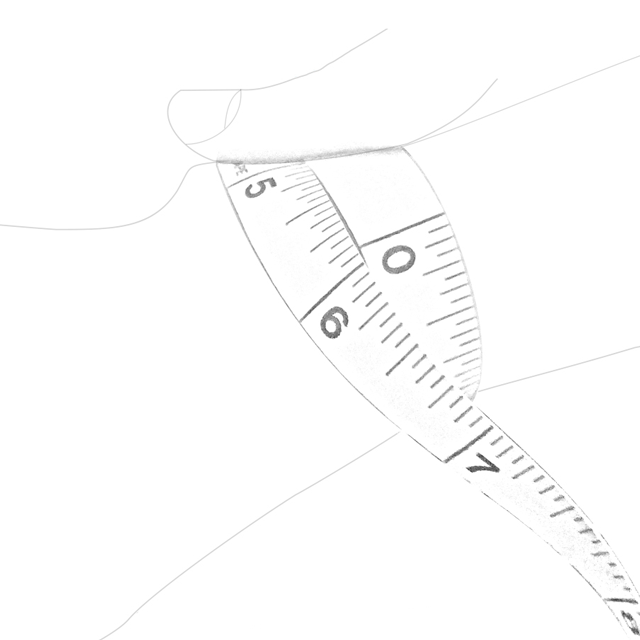LIDAR-Lite v3HP a Low-Cost Solution to Autonomous Building-Interior Mapping
Typically, obtaining high-quality SLAM (Simultaneous Localization and Mapping) data of interior space requires using specialized, highly sophisticated and expensive ($6,000 or more) scanning LiDAR sensor systems operated by skilled technicians. The volume of data produced by these systems also creates a computational complexity, further adding to the cost.
Knowing that buildings may deviate from design plans while under construction, these real-time, accurate digital representations of the building can be utilized as a
The barrier to entry to greater adoption of BIM systems has been the cost and time involved in collecting and processing the data.
Using inexpensive, autonomous robotic platforms and arrays of inexpensive sensors, including cameras and Garmin’s Lidar-Lite v3HP sensors, Umanx has created an autonomous mapping robot capable of producing highly accurate maps of building interiors.
These white papers from Umanx describe how they used a variety of simple and inexpensive technologies to create accurate, detailed maps of building interiors.
The post LIDAR-Lite v3HP a Low-Cost Solution to Autonomous Building-Interior Mapping appeared first on Garmin Blog.
Sample Block Quote
Praesent vestibulum congue tellus at fringilla. Curabitur vitae semper sem, eu convallis est. Cras felis nunc commodo loremous convallis vitae interdum non nisl. Maecenas ac est sit amet augue pharetra convallis nec danos.
Sample Paragraph Text
Praesent vestibulum congue tellus at fringilla. Curabitur vitae semper sem, eu convallis est. Cras felis nunc commodo eu convallis vitae interdum non nisl. Maecenas ac est sit amet augue pharetra convallis nec danos dui.
Cras suscipit quam et turpis eleifend vitae malesuada magna congue. Damus id ullamcorper neque. Sed vitae mi a mi pretium aliquet ac sed elitos. Pellentesque nulla eros accumsan quis justo at tincidunt lobortis denimes loremous. Suspendisse vestibulum lectus in lectus volutpat, ut dapibus purus pulvinar. Vestibulum sit amet auctor ipsum.

